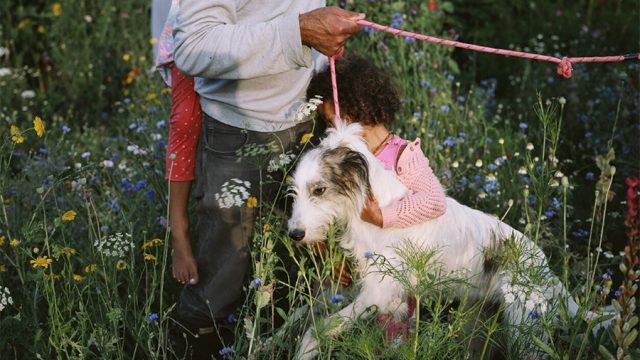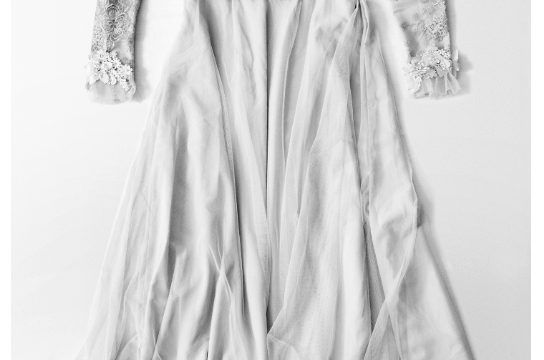What can you do when you have something important to say? What if you want to see a change in your community, how can you get your message out? We live in a society where you can use several methods to share what you believe in. This can include a protest. This is when you get a group of people together to raise awareness about a cause and try to persuade officials to change the rules or laws.
People have been protesting in the streets for thousands of years, from Ancient Rome to the present day. Even school children have gone on strike! You might remember children from your school joining climate strikes last year, or you might even have joined a protest yourself.
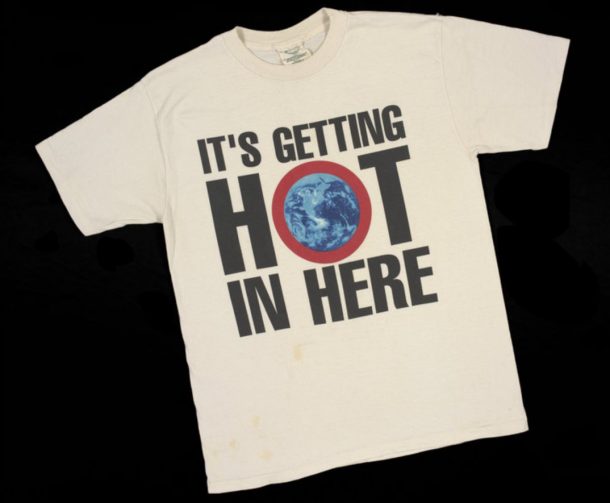
Let’s decide what we want to say
You can believe in many different causes. It can be something big and complex, like fighting climate change, or one single issue. For example, this summer, footballer Marcus Rashford was worried about school children not receiving their free school meals due to schools being closed because of Covid-19. He wanted to make sure that no child was left hungry because of closed schools. He used social media to raise awareness about the cause and persuade the government to extend the lunch programme.
What are some things that you believe in? Look around your community – what do you think could be better? What changes would you like to see? It could be something small, like a change you would like at your school or in your neighbourhood, or something big such as a national or global cause. On a piece of paper, write down your ideas and what is important to you. It is okay to have a lot of different ones.
How do you want to say it?
You don’t need to leave your home to have your say. You don’t even need to use words! Perhaps you made a rainbow to put in your window during lockdown to show your support for key workers or clapped on Thursday nights. Maybe you shared your rainbow with the Museum of Childhood for our upcoming display at the V&A.
This person covered his home in Cardiff with posters and graffiti protesting about housing. It became a local landmark.
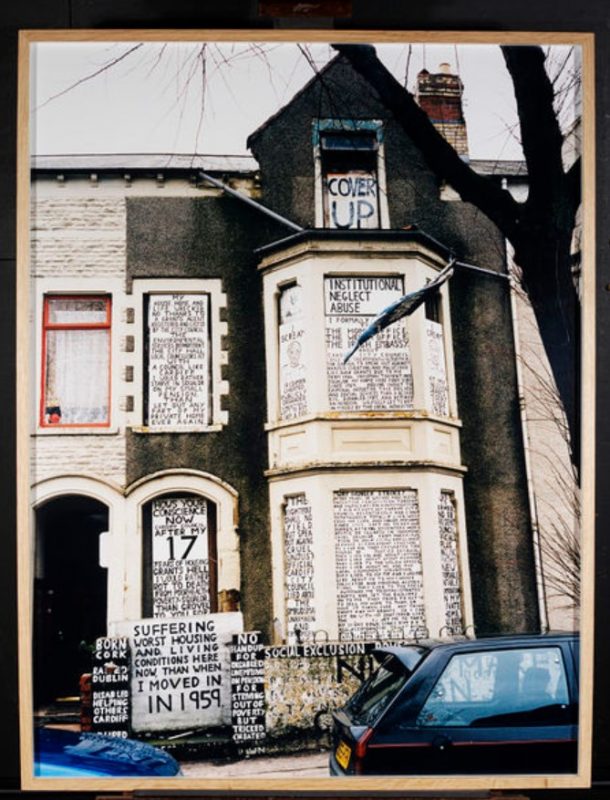
First, you need a message. What do you want to say to people? Look at your list of causes and come up with some slogans for them. Will your slogan be funny or serious? Will it rhyme? Can you sing it or shout it?
Your slogan could be a simple call to action like ‘Fight Racism’ on the badge below.
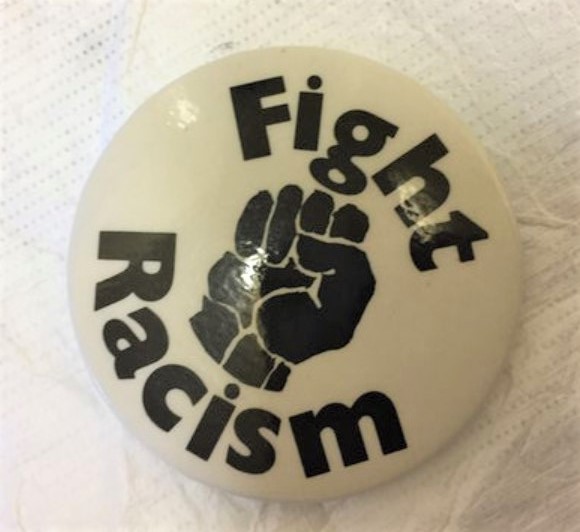
What about a logo?
You might like to design a distinctive logo to go with your slogan, like the Extinction Rebellion flag you can see below. This has become a famous symbol over the last couple of years and can be seen on badges, stickers, posters and banners. People know that this sign is related to climate change protest.
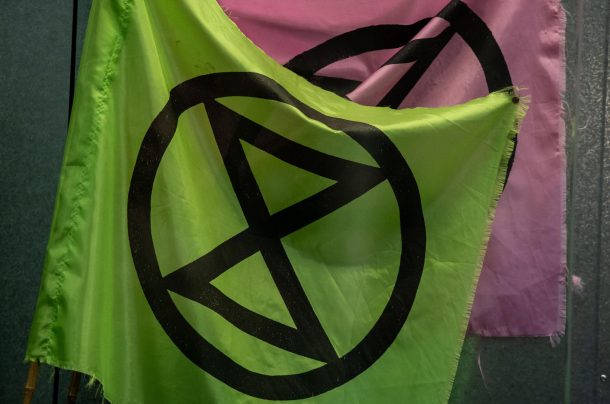
You may have seen this symbol below. Now, it is used as a symbol to mean ‘peace’. It was designed in the 1950s in response to the rise in weapons testing. It represents the letters N and D in semaphore, which is a way of communicating in the military. N and D stood for ‘Nuclear Disarmament’, which means they wanted to stop the use of destructive weapons. It slowly changed and is now used as a symbol for peace throughout the world.
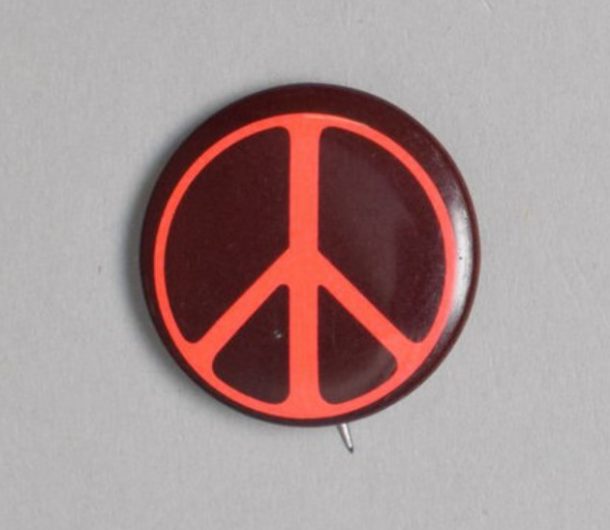
A lot of these symbols are important as you don’t have to speak the same language to share what you believe in. It can be a quick way to share a big idea. Look at your list of causes. Can you think of a symbol to represent them? For example, if you want more parks in your community, you could make a symbol of a flower. Or, if you want to stop bullying in your school, you could make a friendly face. What signs and logos do you think could represent the causes you believe in? Here is a hint: you want it to be simple enough so it can be repeated easily.
Let’s share our message
How do you want to share your message? You could make a sign for a protest, a badge or a t-shirt. It could have your slogan or your symbol (or both)!
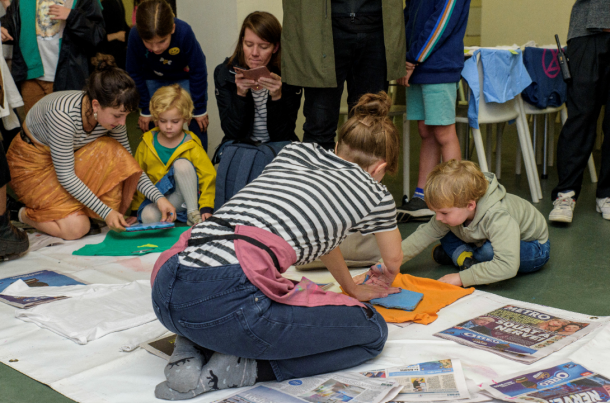
Design and make a poster
Start by taking a piece of paper and draw your poster. If you were taking this to a protest you would want to make it easy to read so you can share your message clearly. What colours would you want to use? What message do you want to send? Think about the design of your poster so it is clear and memorable.
Make and wear a badge
Sometimes people wear badges to support their cause and raise awareness. Let’s make a badge with the symbol of your cause. First, take a piece of paper, and cut it small, so it fits on the top part of your shirt so people can see it. Badges are mostly in the shape of a circle, but your badge can be any shape. Next, draw your symbol on the badge. When it is ready, you can use tape or a safety pin to attach it to your top.
Make a stamp block
You can use a stamp to repeat your message or logo. The stamp uses paint to transfer your design onto different things that share your message, such as posters, badges and t-shirts.
To make your own block, you will need:
- A potato, sponge, or polystyrene block to use as a blank printing block
- A sharp knife for carving (ask a trusted adult for help using this)
- Paint or an ink pad
- A felt tip pen or drawing tool to mark out your block
- A plate or palette to put your paint on. I used an old plate so I could spread my paint out.
- Something to print onto. I’ve used paper, but you could use cardboard or an old t-shirt. Don’t forget to ask if it’s okay to use these!
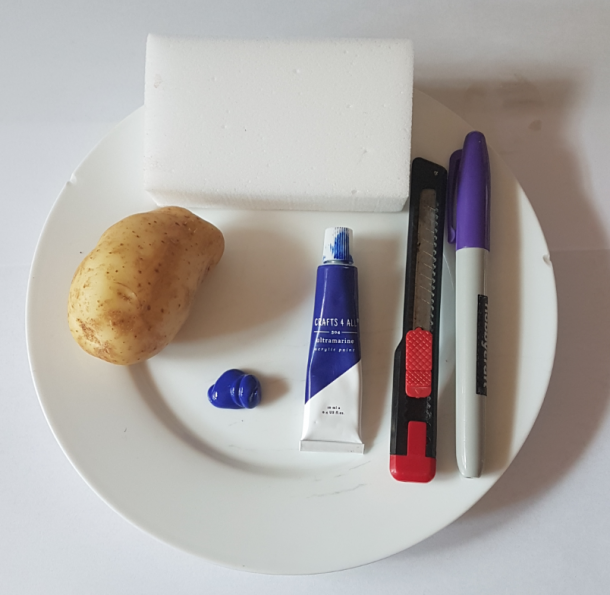
Carefully mark out your letters or logo onto your blank block. Remember you’ll need to draw your letters backwards so that when you print, they will appear the right way round.
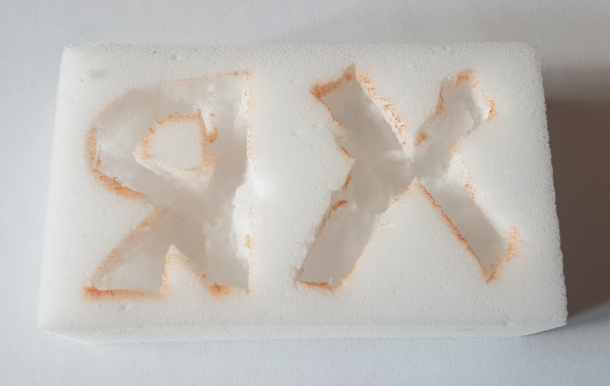
Cut around your letter or logo outline and carve away the spare material. With our potato blocks, we left the letters standing proud of the block so only the letters were printed. We did the opposite with the sponge and cut the letters away, so they appear as blank space.
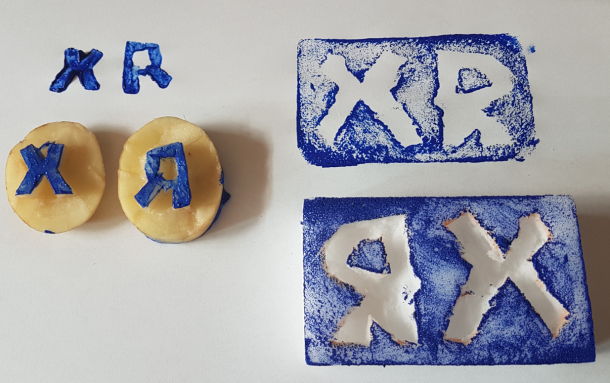
When you have carved your letters, spread some paint onto your palette or plate and carefully dip your block into the paint. Try not to get too much paint on your block.
Use your block to stamp the print onto your paper or fabric.
Wait for your print to dry, and then display it with pride!
Don’t forget to share your signs and prints with us on social media using #LetsMakeWednesdays
